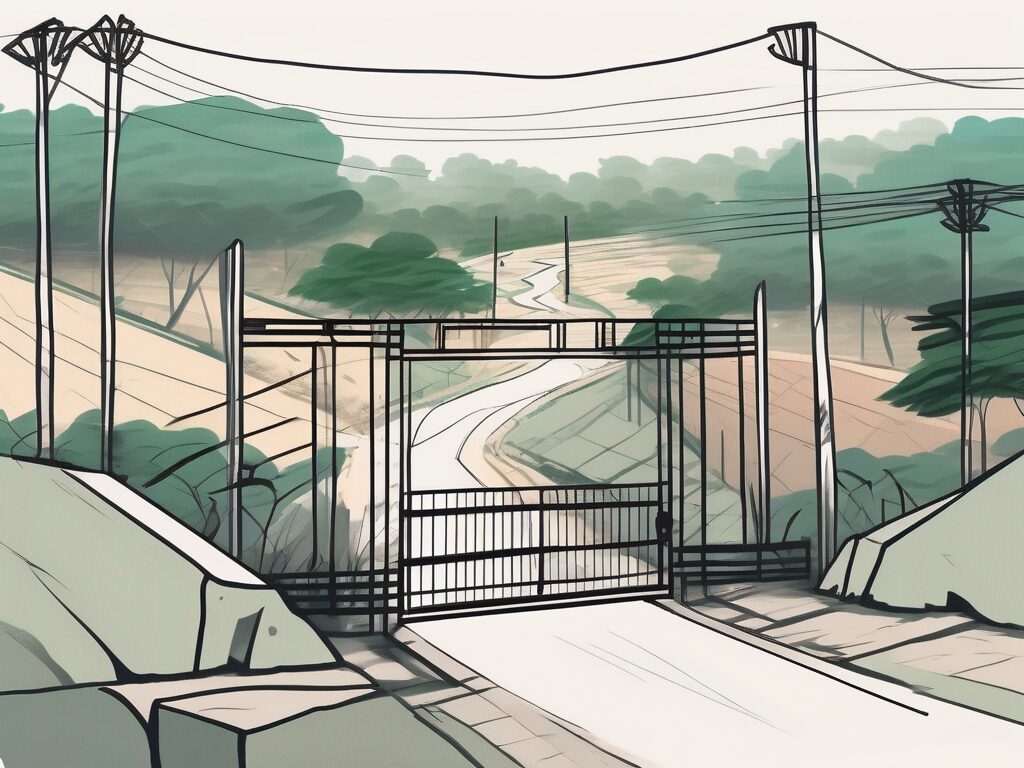Breaking Barriers: Education Challenges in Cambodia 2025
Education serves as a fundamental pillar of society, representing a universal right that should be accessible to all individuals. However, in various regions, including Cambodia, this right remains inadequately fulfilled. This guide aims to delineate the primary challenges to education in Cambodia, with the intention of fostering informed discussions and actionable strategies to address these issues.
1. Economic Disparities
Financial Limitations
A predominant challenge to education in Cambodia is the pervasive issue of poverty. A significant portion of the Cambodian population lives below the poverty threshold, struggling to satisfy basic needs. This economic strain often necessitates that children engage in labor rather than pursue their education, thereby contributing to the family’s financial stability. This situation creates a cyclical dilemma: without education, these children are likely to remain entrenched in poverty, yet the lack of financial resources inhibits their ability to attend school.
Although public education is nominally free in Cambodia, ancillary costs—such as uniforms, textbooks, and transportation—can render it financially prohibitive for many families. The inability to afford essential items, such as school uniforms, exemplifies the harsh realities faced by numerous Cambodian households.
Child Labor Implications
Child labor, a direct consequence of economic hardship, significantly obstructs educational opportunities in Cambodia. Many children are compelled to work in hazardous environments, including brick factories and agricultural fields, to support their families. This not only robs them of their childhood but also deprives them of educational prospects. The extensive hours and demanding nature of such labor often leave these children too fatigued or pressed for time to attend school, perpetuating a cycle of poverty and educational deprivation.
2. Insufficient Educational Infrastructure
Facility Deficiencies
The lack of adequate educational infrastructure constitutes another critical barrier to education in Cambodia. Numerous schools, particularly in rural areas, are devoid of essential amenities such as clean drinking water, sanitation facilities, and electricity. This scenario is analogous to attempting to prepare a meal without a functional kitchen—while feasible, it presents significant challenges.
Additionally, overcrowded classrooms, characterized by an excessive number of students relative to available teachers and facilities, contribute to a suboptimal learning environment. This situation hampers the ability of educators to provide individualized attention, akin to attempting to discern a whisper amidst a cacophony.
Accessibility Challenges
Access to educational institutions poses another significant challenge. Many children residing in rural locales must traverse considerable distances to reach the nearest school, a journey that can be perilous, particularly during the rainy season when road conditions deteriorate. This situation can be likened to scaling a mountain daily to attain an education—a daunting endeavor for any child.
Moreover, the financial burden of transportation further complicates access, rendering it increasingly difficult for families to facilitate their children’s education. This scenario is reminiscent of possessing a key to a door yet being unable to approach it to unlock new opportunities.
3. Cultural Influences
Gender Inequality
Gender discrimination remains a significant barrier to education in Cambodia, particularly affecting female students. Many families prioritize educational investments in sons, while daughters are often relegated to domestic responsibilities or early marriage. This dynamic is akin to planting a seed without providing the necessary nourishment for growth—potential exists, yet it remains unfulfilled.
Furthermore, safety concerns, including the risk of harassment or violence, can deter families from sending their daughters to school. This pervasive fear casts a shadow over their educational aspirations, impeding their future prospects.
Language Barriers
Language differences also present substantial obstacles to education in Cambodia. Many children from ethnic minority backgrounds do not speak Khmer, the primary language of instruction, at home. This linguistic divide can hinder their ability to engage with the curriculum, akin to attempting to comprehend a text in an unfamiliar language.
Additionally, these children may experience discrimination or exclusion based on their linguistic or ethnic backgrounds, further discouraging their educational pursuits. This situation fosters a sense of alienation, which no child should endure.
In summary, the barriers to education in Cambodia are multifaceted and deeply intertwined with issues of economic disparity, infrastructural inadequacies, and cultural norms. By comprehensively understanding these challenges, stakeholders can begin to formulate effective strategies to ensure that every child in Cambodia has access to quality education.
Empowering Educators to Address Educational Barriers in Cambodia
Recognizing the pivotal role of educators in overcoming educational barriers in Cambodia, it is essential to empower teachers through professional development and advanced qualifications. Participation in programs such as the International Postgraduate Certificate in Education (iPGCE) equips educators with the necessary skills and knowledge to navigate the complexities of global education systems. This Level 7 program offers a comprehensive understanding of international curricula, enhancing educators’ adaptability and effectiveness. With flexible online study options, the iPGCE serves as a practical solution for teachers seeking to balance career advancement with their professional commitments. Do not allow insufficient qualifications to hinder your success. Enroll in the UK’s leading Teacher Training Course and contribute to the transformative changes needed in Cambodia’s education system.

